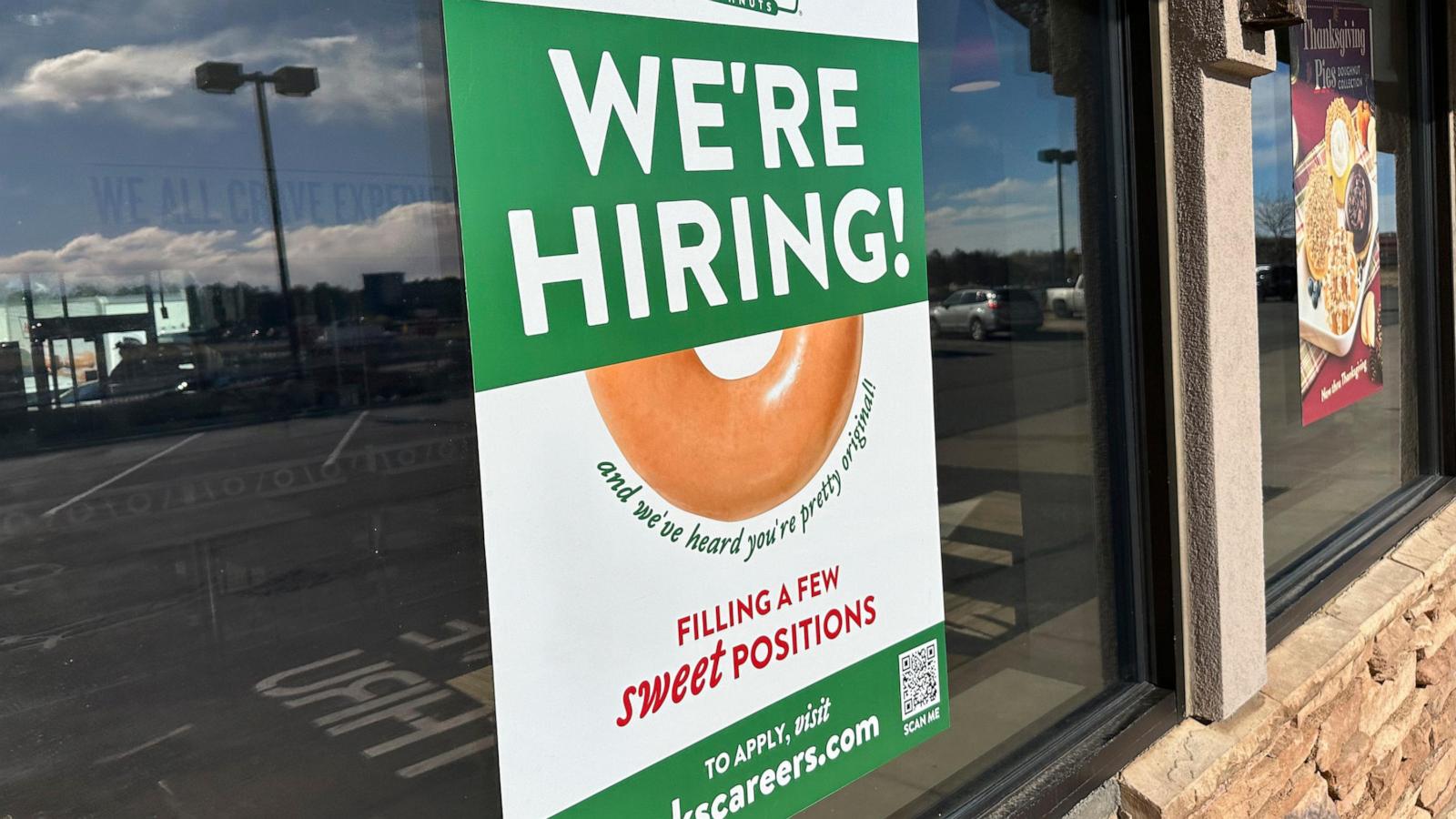Did you hear the latest job market news? It's a rollercoaster! Unemployment claims are down, but don't get too excited; there are twists and turns ahead. Let's dive into the details of this economic enigma and explore what it means for you.
Jobless Claims Dive, But Is This Good News?
Last week brought some unexpected relief – jobless claims saw a significant decrease of 22,000 to 220,000! Analysts had predicted a slightly higher number (229,000), so this dip came as a welcome surprise. This seemingly positive trend suggests fewer layoffs and an overall healthier job market, at least at a snapshot in time. However, the four-week average offers a more cautious perspective, showing a slight uptick. This rise hints at persistent underlying instability. We must proceed cautiously; things are not always as clear-cut as a headline might portray. But why this fluctuation?
The Unpredictability of Job Market Data
Economic indicators rarely paint a complete picture, especially as influenced by outside factors like temporary layoffs after strikes or weather events that cause unusual circumstances such as hurricanes. This shows us why we need more than a single week’s view.
The Fed's Influence on Unemployment
Remember, the Federal Reserve's recent interest rate cuts impact everything, from hiring to consumer spending. While the economy adjusts to these changes, understanding this will illuminate why short-term data shifts around so much. The big news this week is the Fed's projection of a dramatic slowdown in 2025 rate cuts—from four to a mere two. What exactly will that mean? Many of us are waiting with bated breath to see!
Job Market Strength in Spite of Interest Rate Hikes
The job market has proven surprisingly resilient, defying predictions. Despite years of high interest rates aimed at cooling inflation, employment numbers remain steady. This surprising robustness speaks to several key underlying economic indicators, including both demand for employees and increased worker confidence and engagement.
The Demand Factor: More Than Just Hiring
What’s fascinating is the increase in job openings in October, suggesting businesses continue actively searching for qualified people, suggesting strong overall demand even though hiring has seemingly slowed. So businesses still believe the future will yield higher rewards, in the long run.
Employee Engagement in a Slowing Economy
October and November showed mixed job creation data. October’s underwhelming addition of 36,000 jobs was due to things like major strikes and other issues that do not reflect a broader market reality. However, with a November recovery of 227,000 jobs and positive upward revisions to prior months' figures, it shows resilience. This could suggest some combination of employees seeking better compensation and employees finding satisfaction at their jobs.
A Look Ahead at Economic Projections and Uncertainty
Several factors suggest uncertainty looms, requiring both close observation and a realistic appraisal. Analyzing data and reports as they surface will help understand the current trends as accurately as possible.
Navigating Rate Cuts and Inflationary Pressures
The current picture is unclear, with falling inflation suggesting that the initial rate hikes did their job, but more long-term studies are required to draw solid conclusions.
Long-Term Growth Expectations
Ultimately, sustained and improved employment statistics will likely boost economic forecasts and allow growth in new industries. This shows positive growth expectations for many investors, as well. But these are not guarantees.
Conclusion: Is There Room for Optimism?
So, what's the takeaway? While the job market currently shows resilience in the face of rate increases, we’re not out of the woods. Unemployment figures remain below dangerous levels but show some volatility; therefore it’s premature to declare victory. Continuing to watch trends, analyze underlying reasons for the fluctuations, and remain responsive to any shift in the Federal Reserve's actions is paramount for both individuals and businesses. Closely watching related factors will illuminate current issues and guide investors’ actions more closely. Economic forecasting remains an evolving process.
Take Away Points
- Jobless claims showed a decrease but the four-week average suggests potential underlying volatility.
- The job market's resilience, despite increased interest rates, is encouraging.
- Economic uncertainty prevails; future job market performance and economic trends remain to be seen.
- Close monitoring of upcoming economic data and Federal Reserve announcements is important.
- Staying informed is key in an ever-evolving financial environment.









